Butch Cassidy the Dundas Street kid – famous outlaw's roots were in Sunderland
and live on Freeview channel 276
Butch Cassidy and the Sundance Kid accurately asserts that the eponymous villains died (probably) in a hail of bullets in Bolivia in 1908, thereby ending their hitherto successful criminal careers as members of the Hole-in-the-Wall gang.
But it is not, to say the least, entirely faithful to the real story. For a start Cassidy, real name Robert LeRoy Parker, was nowhere near as good looking as Paul Newman. Nor does the film make any reference to Cassidy’s mother and other relatives living in Sunderland.
But they did.
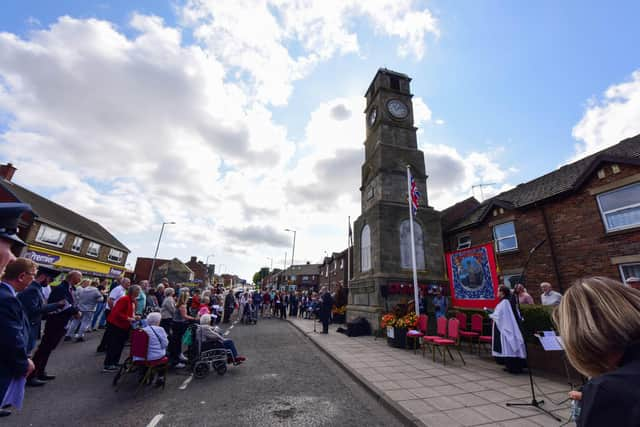

Butch’s Wearside roots
Advertisement
Hide AdAdvertisement
Hide AdAccording to Mike Bell, author of Outlaw Roots: Butch Cassidy’s British Ancestry, “Butch’s mother was born on Tyneside or Wearside” probably in 1847. Her name was Ann Campbell Gillies.
Her Scottish parents, Robert and Jane Gillies née Sinclair, were married in 1843. Robert’s brother (Butch’s great uncle) Ebenezer Gillies is recorded as living in Sunderland in 1845, where he married Esther Whitaker in March 1848.
It’s unclear exactly when the rest of the family followed Ebenezer, but the 1851 census shows Robert, Jane and their children, including Ann, as living in Newcastle.
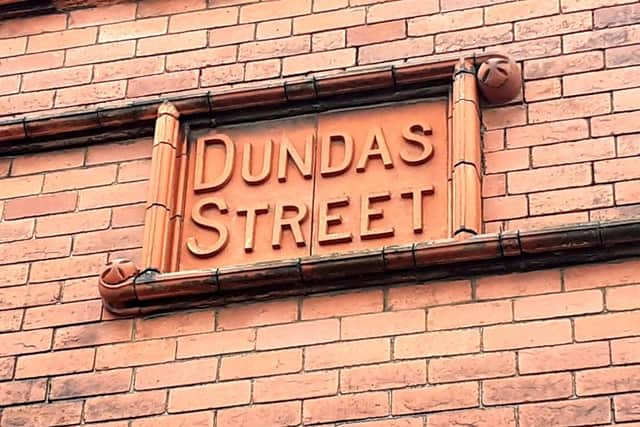

At some point the Gillies clan had become Mormons. On December 5, 1852 a meeting was held in Easington Lane to establish a new branch of the church, with Robert Gillies as branch president.
Advertisement
Hide AdAdvertisement
Hide AdIn the 1850s they lived at 50 Dundas Street, Monkwearmouth, where today Stagecoach has a bus depot; ironic considering how many stagecoaches Butch would relieve of valuables.
This must have been after 1851 as it does not appear in that year’s census, but emigration files confirm the family address.
Ebenezer Gillies left for America in May 1854. His last address in England was Brougham Street, now a somewhat featureless road between Blandford Street and the Bridges shopping centre.
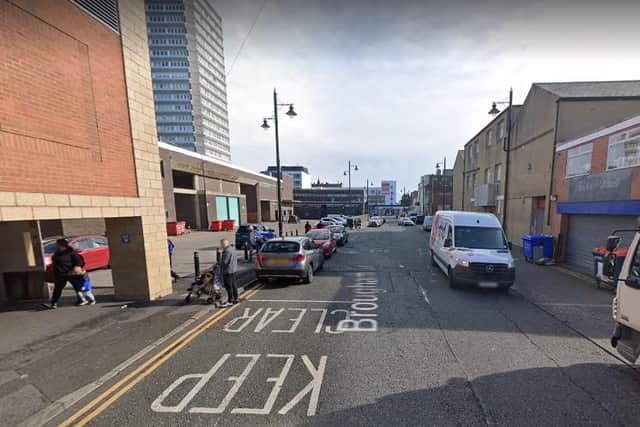

The next time you stroll along this otherwise incontestably uninteresting thoroughfare, try to remember that Butch Cassidy’s great-uncle used to live there.
Advertisement
Hide AdAdvertisement
Hide AdDuncan Gillies, Ebenezer’s brother, was a house painter who lived at 3 Elgin Street (now long gone) in what was then called Bishopwearmouth.
Butch’s family leave Sunderland for Utah
Ebenezer’s departure was the start of the Gillies’ exodus to the new world. Duncan followed seven months later.
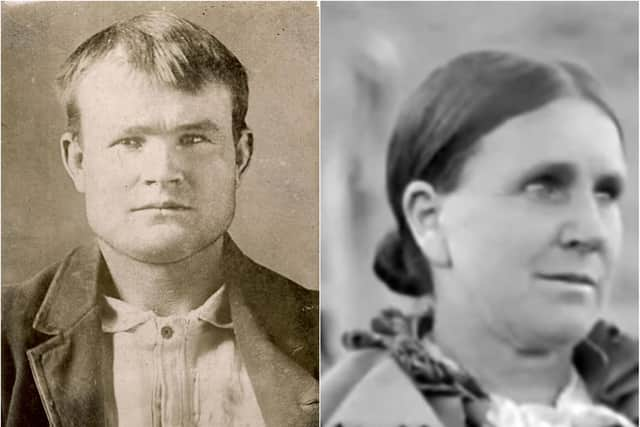

Last away were Robert and Jane, with Robert’s elderly father John, plus their four children including Butch Cassidy’s then eight or nine-year old mother Ann.
They sailed from Liverpool on April 19, 1856 with over 700 other emigrants aboard the Samuel Curling, a 1,898-ton steamship, modestly named after the man who owned and captained it; and whose hobby seems to have been seducing female passengers.
Advertisement
Hide AdAdvertisement
Hide AdThe ship arrived in Boston, Massachusetts on May 23 (it sank on its return journey). The Gillies would never see Dundas Street again. However, other residents of the same Monkwearmouth street were also on board.
Being Mormons, the family headed west for Utah, home of the Church of Jesus Christ of Latter-day Saints. Even today this 2,400-mile journey from Boston would take about 35 hours on modern roads. In the mid 19th century it was horrendous.
The journey proved too much for John Gillies who never saw Utah, which the rest of the family reached on September 12, 1857. He died on July 1 in Nebraska. His grandson, Ann’s older brother, John Moroni Gillies died aged 12 on November 17.
After this joyless start to their new lives, the years rolled by for the former Sunderland denizens and on July 12, 1865, two months after the US Civil War had ended, the soon-to-be mother of an outlaw had in-laws.
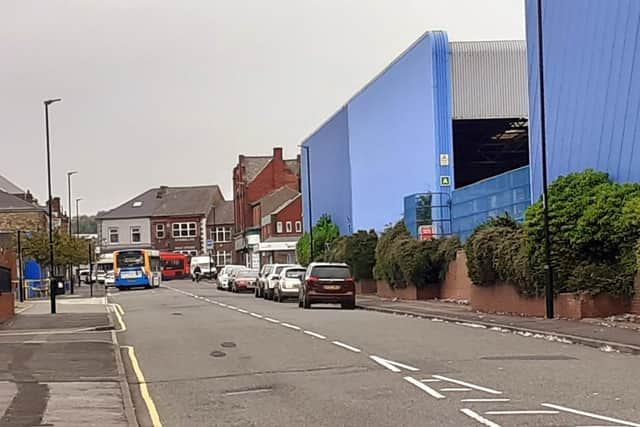

Advertisement
Hide AdAdvertisement
Hide AdIn the town of Beaver, Utah, Ann Gillies married Maximilian Parker, born in Accrington, Lancashire in 1844. Maximilian’s family also had sailed from Liverpool to the USA in 1856; a month ahead of the Gillies.
On April 13, 1866 the new Mr and Mrs Parker had the first of their 13 children, Robert LeRoy Parker, who would become known globally as Butch Cassidy.
Hollywood has since taken a few liberties with the story.
Butch Cassidy – career criminal
Despite his Mormon upbringing, Butch clearly had a cavalier regard for the Ten Commandments.
Most people effortlessly refrain from coveting thy neighbour’s ox. But Butch couldn’t even manage that, as evidenced by his diversion into cattle rustling in the 1890s.
Advertisement
Hide AdAdvertisement
Hide Ad“Thou shalt nor steal” had been eschewed long before that. He left home at 13 to work on a ranch, where he was accused of stealing a pair of overalls from a store; his first known crime. Unconvincingly, he left a note promising to pay later.
Robert LeRoy Parker became a career criminal, operating under his famous alias, whose CV included holding up banks, trains, stagecoaches and horse theft. He did spend time in jail.
He sometimes used explosives, but there is no suggestion that he ever shot anyone. In fact away from work he was a friendly sort of bloke who would help his neighbours.
Finally
He wasn’t actually best friends with the Sundance Kid, real name Harry Alonzo Longabaugh. They were colleagues thrown together by fate; on the run from the law with large bounties on their heads.
Advertisement
Hide AdAdvertisement
Hide AdIt isn’t known when Butch Cassidy last saw his mother. Ann Parker, former Wearsider, died in Utah on May 1, 1905 at the height of her son’s notoriety. His father Maximillian also died in Utah, in 1938 aged 94.
Various theories prevail as to the eventual fate of Butch and Sundance. The most usually accepted story corresponds loosely with the 1969 film’s ending.
The pair were still robbing their way through life, when their luck ran out in southern Bolivia, cornered by soldiers. The two bandits were reportedly buried nearby, but there is no hard evidence for this.
Either way, it all makes you wonder if they wouldn’t have all been better off staying in Dundas Street.
* Many thanks to Mike Bell
